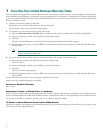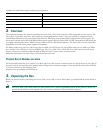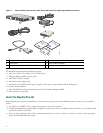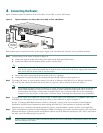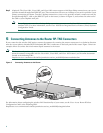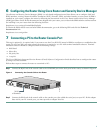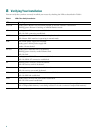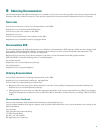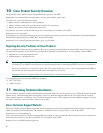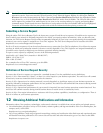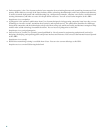
6
Step 5 (Optional) The Cisco 1801, Cisco 1802, and Cisco 1803 routers support a 144-kbps dialup connection to your service
provider network through their ISDN S/T port. These connections can serve as a backup to your service provider if your
primary connection goes down. To make a backup connection to your service provider network, connect one end of a
straight-through RJ-11 cable to the ISDN S/T port on the router, as shown in Figure 2, and connect the other end of
the cable to your telephone wall jack.
Note To configure your router for a backup dialup connection, you must use the Cisco IOS command-line
interface (CLI). For more information, see the Cisco 1800 Series Integrated Services Routers (Fixed) Software
Configuration Guide.
5 Connecting Antennas to the Router RP-TNC Connectors
If your router has the wireless LAN option, connect the antennas by screwing the antenna connectors in a clockwise direction
onto the reverse-polarity threaded Neill-Concelman (RP-TNC) connectors on the back panel of the router. Figure 3 shows an
example of how to connect the swivel-mount dipole antennas to the router.
Note The location and position of your router’s antennas are crucial to effective wireless connectivity. For more information
about the antennas compatible with the Cisco 1801, Cisco 1802, and Cisco 1803 routers, see the online documents
located at the following URL:
http://www.cisco.com/univercd/cc/td/doc/product/access/acs_mod/1800fix/antennas/index.htm
Figure 3 Connecting Antennas to the Router
For information about configuring the wireless LAN functionality of your router, see the Cisco Access Router Wireless
Configuration Guide at the following URL:
http://www.cisco.com/univercd/cc/td/doc/product/access/acs_mod/1800fix/awg/index.htm
121942




